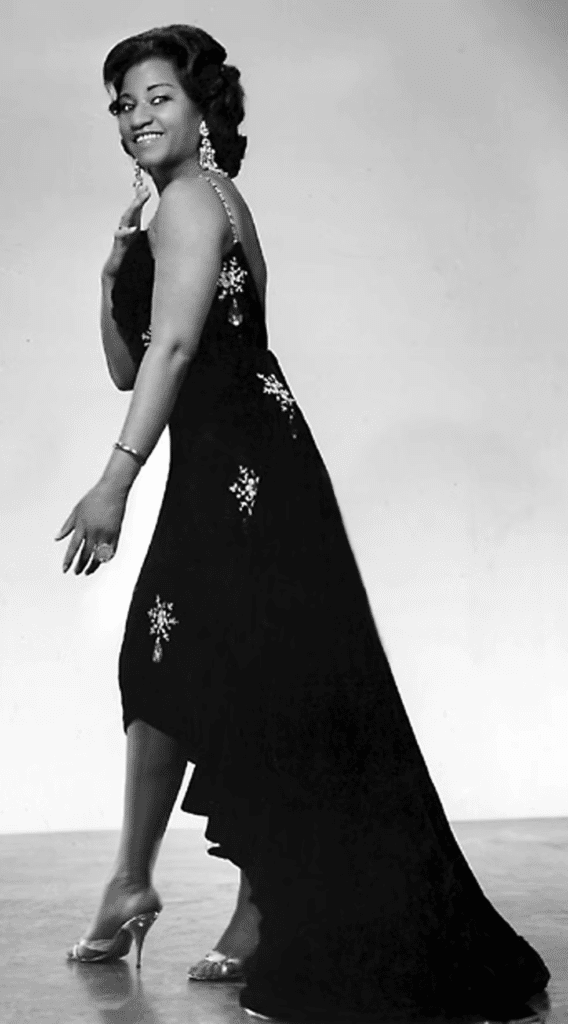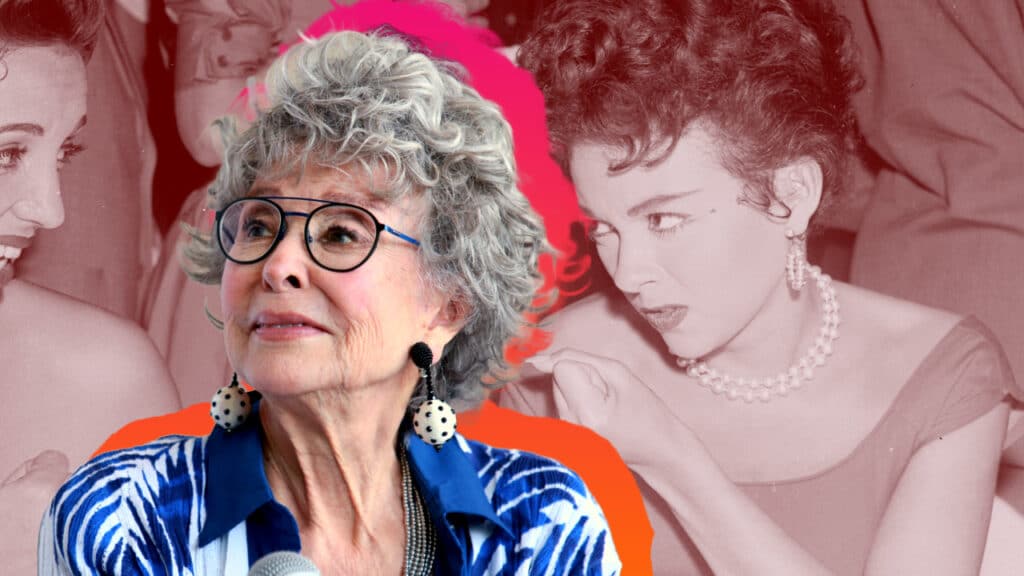10 Reasons Celia Cruz Remains the Queen of Salsa, 100 Years After Her Birth
On October 21, the world celebrates the 100th anniversary of Celia Cruz, the woman who turned exile into song, nostalgia into rhythm, and Spanish into the global language of dance. Twenty-two years after her death, the Queen of Salsa remains alive in the collective memory of generations, not only for her unmistakable voice but for her magnetic presence, boundless energy, and the joyful war cry that became her signature: ¡Azúcaaar!
1. Celia Cruz Was Born Úrsula Hilaria Celia de la Caridad Cruz Alfonso
Born on October 21, 1925, in La Habana, her full name was as grand as her legacy: Úrsula Hilaria Celia de la Caridad Cruz Alfonso. The daughter of a railroad stoker and a housewife, she grew up in a modest neighborhood where music filled every corner. As a child, she would sing lullabies to her younger siblings, and at just 12 years old, she earned her first “payment” as a singer. A tourist, captivated by her voice, gave her a brand-new pair of shoes in exchange for a song.

2. Her Father Wanted Her to Become a Teacher
Though her father wanted her to become a teacher — and she studied pedagogy for several semesters — Celia chose the stage and enrolled in the National Conservatory of Music.
3. Celia Cruz’s Big Break Came with Sonora Matancera
Her destiny shifted in 1950 when Rogelio Martínez, director of the famed Sonora Matancera, hired her to replace singer Mirta Silva. That same year, she met trumpet player Pedro Knight, who would later become her husband, manager, and lifelong partner. The couple went into exile in the United States just before the Cuban Revolution. The Castro regime not only banned their return but denied Celia entry even when her mother passed away — a heartbreak that she transformed, like so many others, into song.

4. Exile Paved the Way for a New Musical Homeland
In New York, Celia found a new homeland in sound. She witnessed the birth and rise of salsa music — a genre she helped shape alongside legends like Tito Puente, Johnny Pacheco, Willie Colón, and the Fania All Stars.
5. Celia Cruz’s “¡Azúcar!” Began With a Cup of Coffee
Much has been said about her iconic shout, “¡Azúcar!”, but few know it didn’t originate on stage. It happened in a Miami café. When a Cuban waiter asked if she wanted sugar in her coffee, she quipped, “Boy, you’re Cuban. You know our coffee is bitter. Give it to me with sugar!”
She once shared the story during a concert, and the audience loved it so much they asked her to repeat it every time. Eventually, she stopped telling the full anecdote and simply shouted ¡Azúcar! — turning a simple word into a timeless symbol of joy, resistance, and identity.

6. She Carried Cuban Soil With Her Until Her Death
One of the most touching moments of her life came in 1990, during a performance at the U.S. naval base in Guantánamo. It was the closest she had been to Cuban soil in decades. Celia asked to approach the border fence, knelt down, and slipped her hand through a small opening. She grabbed three handfuls of Cuban earth, placed them in a plastic bag, and later transferred them into a glass box back home.
“When I die,” she told Pedro Knight, “I want this to be placed in my coffin.” That wish was fulfilled in July 2003 when she was buried at Woodlawn Cemetery in the Bronx, with her homeland’s soil beside her.
7. Celia Cruz Was Also a Movie Star
Celia Cruz was not just a musical icon — she also appeared in film. In 1992, she starred in The Mambo Kings alongside Antonio Banderas.

8. She Was The First of Many
She was the first Afro-Caribbean woman to be featured on a U.S. commemorative coin, a postage stamp, and on the Walk of Fame at the legendary Apollo Theater in Harlem. In 2023, Mattel honored her legacy by releasing a Barbie doll in her image.
9. Her Image Lights Up New York City
Today, her face graces murals across New York City, especially in East Harlem. On 103rd Street and Lexington, a striking mural by artist James De la Vega celebrates “La Reina Celia.” Just a few blocks away, another mural titled La vida es un carnaval — named after one of her biggest hits — welcomes diners outside the “Amor Cubano” restaurant with Celia smiling and raising her hand, as if still performing for her people.

10. The World Is Celebrating Celia Cruz’s Centennial
This centennial year, her legacy is being celebrated worldwide. Vinyl reissues, documentaries, exhibitions, musicals, and concerts are scheduled in New York, Madrid, Santo Domingo, and Callao, Peru. On October 21, the exact date of her birth, several Latin American networks will broadcast a special tribute concert in her honor.
Celia Cruz’s Legacy Lives in Every Beat
Celia Cruz was, and remains, more than a singer. She was a woman who turned the sorrow of exile into the music that gave her identity and purpose. She was a revolutionary of rhythm, a teacher of joy, and an artist who showed the world that “life is a carnival” even when the soul is heavy.
As she once sang in Yo viviré, her voice still echoes “in the skin of the drum, in the hands of the conga player, and in the feet of the dancer.” And in every corner of the world where someone still shouts: Azúcar!




